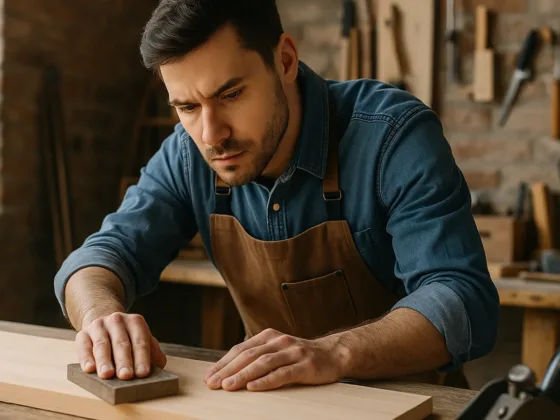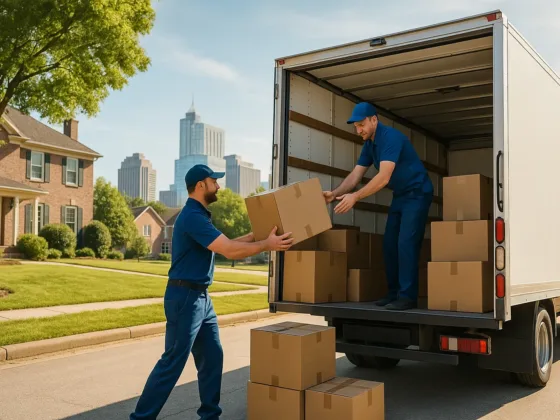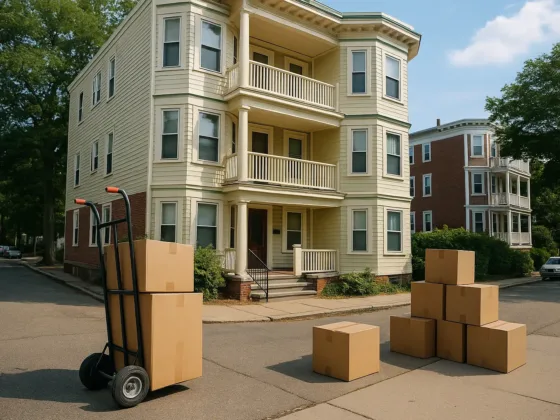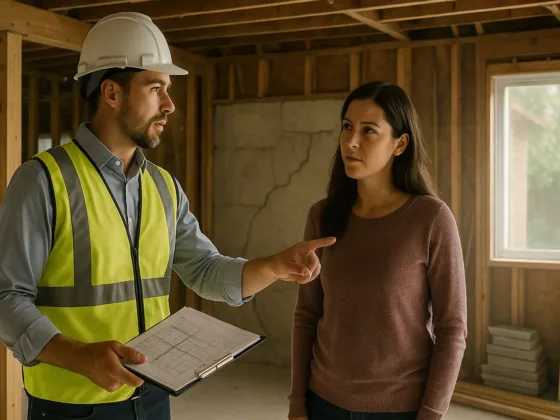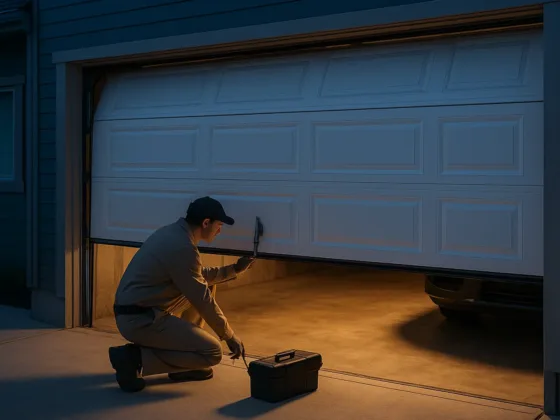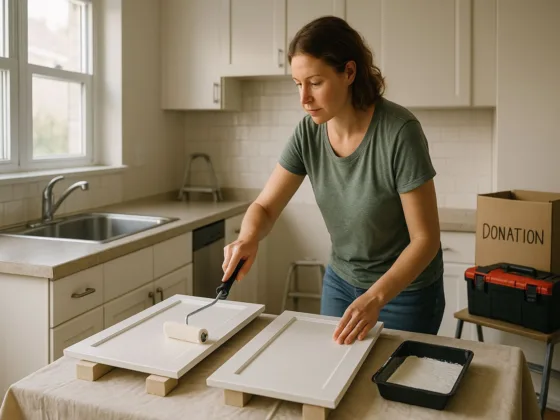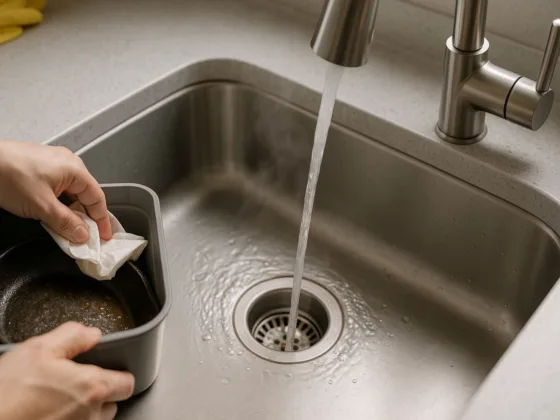Table of Contents Show
In 2018, cleaning supplies caused over 152,800 cases of some form of poisoning in America, with 44% of total poisonings occurring in children. Traditional cleaners emit toxic fumes, irritate the skin, and are poisonous if swallowed.
So should you clean your home with traditional cleaners or with green cleaning products? Read on to learn about common cleaning products and their effects.

Common Traditional Cleaners
Read Also:
Bleach
Bleach is the traditional cleaner for disinfecting surfaces, especially to be used in the kitchen after raw meat is handled. It is very effective at killing bacteria, mold, and mildew. It also cuts grease.
However, bleach is a skin irritant and contains chlorine. If mixed with ammonia, it produces toxic chlorine gas.
Ammonia
Ammonia cuts grease neutralizes bathroom smells and is good for cleaning windows. However, it’s not safe.
Full-strength ammonia can irritate the skin and cause blindness when splashed in the eyes. Its fumes can irritate the eyes and respiratory system, and cause headaches and nausea.
Triclosan
The chemical triclosan doesn’t actually clean. Instead, it is commonly added to cleaners to make them anti-bacterial. However, it can produce breeds of bacteria that are resistant to cleaners.
Common Green Cleaners
Hydrogen Peroxide
Hydrogen peroxide makes a safer alternative to bleach for killing bacteria and mold and can be used for sanitizing surfaces. Many chlorine-free detergents contain hydrogen peroxide.
Vinegar
Vinegar can be used for sanitizing, killing mold and mildew, cleaning windows, and removing hard water spots. One downside to using vinegar is that it can erode the surface of kitchen counters made with natural stone, such as marble and granite.
Baking Soda
Baking soda is a nontoxic abrasive that can be used for scrubbing. When mixed with a small amount of detergent, it produces an effective cleaning paste.
How Can I Tell If a Product Is Safe?
In general, exposure to traditional cleaning supplies can be dangerous. One study found that custodians, janitors, and cleaners who used traditional cleaning products regularly in their work had an increased risk of health problems, especially respiratory symptoms and skin conditions.
The study suggested that green products can be safer.
While green cleaning products are often marketed as safe, the label “green” does not always refer to toxicity. Products can be labeled as green because manufacturing uses less water, or the containers are made of recycled materials.
Each green product contains different ingredients, so you should check each one before you buy it.
There are several ways to check if cleaning products contain toxins or if they are safe. One way is to check the labels and avoid products that contain chlorine bleach, alcohols, triclosan, triclocarban, lye, glycol ethers, or ammonia.
Several organizations also rate products based on their safety. These include Green Seal and the Environmental Working Group. You can research various types of cleaners to learn more.
Clean Safely
Since green products can clean as effectively as traditional cleaners and are usually safer, why not switch? Green cleaning supplies will help you take care of yourself as you take care of your home and everyone in it.
If you enjoyed reading this, check out our blog for more interesting articles.


![Featured image - How to Sell a House That Needs Work [2020 Guide]](https://www.dreamlandsdesign.com/wp-content/uploads/2020/08/How-to-Sell-a-House-That-Needs-Work-560x420.jpg)
